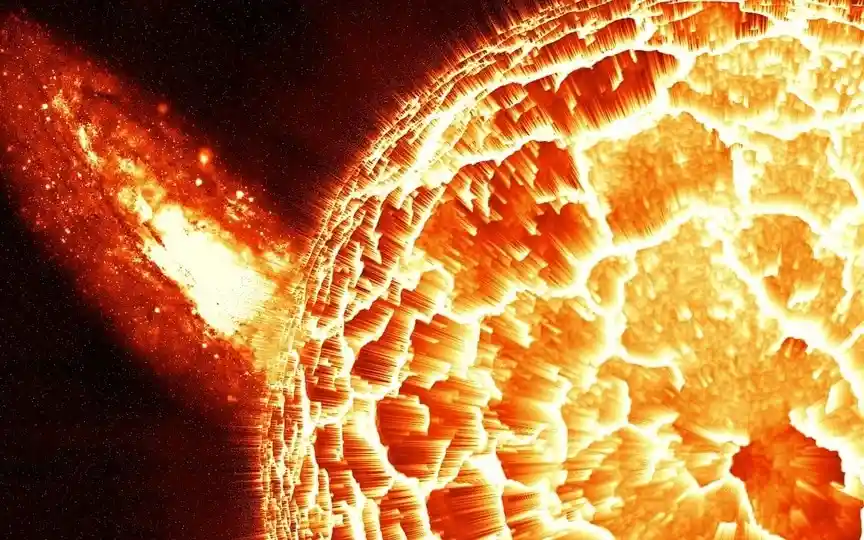NASA’s SDO Discovers Gigantic Sunspot, Warns of Solar Flare Danger!
The Sun, located at the heart of our solar system, plays a crucial role in sustaining life by emitting warmth that prevents Earth from becoming a frozen and barren place. Nevertheless, there are instances when it poses a danger to our planet. As we approach the peak of solar cycle 25, we have witnessed various occurrences like CMEs, solar flares, solar storms, and other particles affecting Earth. Although the majority of these events have not caused any harm, a few have resulted in disruptions such as radio interference and failures in the power grid.
In a new development, NASA’s Solar Dynamics Observatory (SDO) has illuminated a huge sunspot on the Sun’s surface, which provides energy for M-class solar flares. Know all about it.
Class M solar flares
According to a SpaceWeather report, NASA has revealed that a sunspot on the sun’s surface contains nearly 12 dark nuclei. This sunspot spans a staggering 200,000 kilometers, which is more than 10 times the diameter of the Earth! Its name is Sunspot Complex AR3490-91-92. According to the report, the sunspot is slowly turning towards Earth and contains dangerous energy that could spread the M-class solar flare in the next couple of days.
The report states: “It is 200,000 km wide, contains a dozen dark cores, and crackles with M-class solar flares. The sunspot complex AR3490-91-92 is so large that 3 numbers are needed to label it. The active region is turning towards Earth and poses a threat For land-directed flares by the middle of the week.
For the uninitiated, solar flares are rated according to their intensity on a logarithmic scale, similar to how earthquakes are measured. The smallest are the A-class, which occur near background levels, followed by B, C, and M, while the X-class flares are the most powerful.
The effect of the sun
Our sun has a thin layer of second atmosphere that lies just above the photosphere and a huge corona. This is the region where we see most of the solar phenomena, such as solar flares, visibility, and coronal mass ejections, most of which can directly affect Earth. Although the Sun’s energy is vital for the existence of life on Earth, the associated solar phenomena can cause serious damage, especially to technical instruments.
Powerful solar flares from the Sun, such as X-class flares, can not only disrupt global communications, damage satellites and bring down power grids for blackouts, but also cause radiation storms that can cause small doses of radiation to people flying in airplanes at the time!




